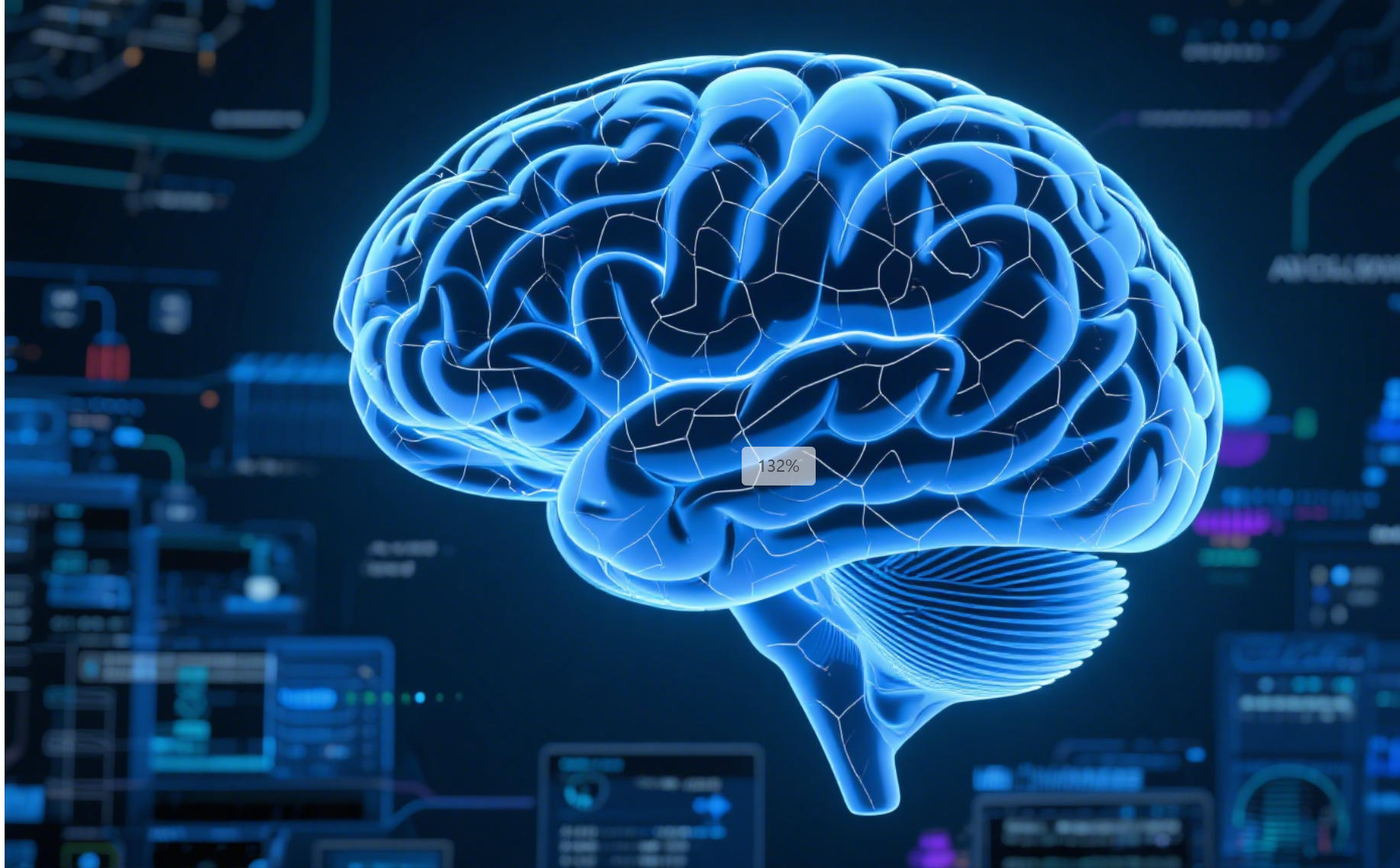Large Language Models (LLMs) and multimodal foundation models have transitioned from world-stunning spectacles to an indispensable “thinking layer” in our digital infrastructure. In 2025, key trends are clear:
1. Beyond “Bigger=Better”: Efficiency is the New Frontier
As model sizes push against practical hardware and economic limits, the “parameter race” has decisively shifted towards model efficiency optimization:
- Slim Deployment: Model compression techniques (pruning, quantization, knowledge distillation) are rapidly advancing, enabling powerful models to run on phones, edge devices, and embedded systems – enabling faster response, lower cost, and enhanced privacy.
- Optimized Inference Engines: Specialized AI accelerators (latest NPUs) and optimized frameworks significantly slash the cost and latency of running models, driving real-world deployment.
- Model Selection: “Right model for the job” prevails. Developers increasingly choose the most efficient model for specific tasks, not the biggest brute-force model.
2. Multimodality Reigns Supreme: Understanding the Real World
Multimodal foundation models – blending text, image, video, audio, and even sensor data – are now dominant:
- Realistic Understanding: Comprehending the richness of the real world requires synthesizing diverse inputs.
- Application Explosion: Powers advanced multimodal search, smarter virtual agents, powerful creative tools (generating combined text/images/video), and next-gen humanoid robot perception.
- Tesla FSD V13: Relies heavily on complex multimodal interpretation for real-world driving decisions.
3. Fine-Tuning & Domain Expertise: Unlocking Deep Value
Pretrained models are a foundation, but deep fine-tuning for specific domains and tasks is where profound value is unlocked:
- “Doctor AI”, “Lawyer AI”, “Designer AI”: Models heavily fine-tuned with high-quality domain data (biomed, legal, finance, engineering) demonstrate exceptional problem-solving (e.g., drug molecule screening, drafting contracts).
- Corporate Brain: Companies are leveraging unique internal documents (reports, emails, code) to tune models into specialized AI assistants for their workflows.
- Mixture of Experts (MoE): Sparse model architectures allow economical integration of multiple specialized sub-models within one framework.
4. Trust, Safety & Reliability: Imperative Challenges
As AI influence grows, alignment, reliability, and safety are paramount:
- Reducing Hallucinations: Ongoing improvements to boost factual accuracy and grounding.
- Explainability: Enhanced efforts to understand and explain model decisions (e.g., new interpretable MoE algorithms).
- Safety Guardrails: Stronger filters and controls deployed to prevent misuse or harmful outputs.
- Deepfake Detection: The arms race between generative AI and detection tools intensifies.
The Future of Giants: Augmentation, Not Replacement
In 2025, large models are engines transforming industries. The trajectory points towards:
- Human-First AI: AI acts as a powerful amplifier for human intelligence, aiding complex problem-solving, sparking creativity, and automating drudgery.
- Deep Value Extraction: Impact deepens in fields like accelerated drug discovery, materials science, personalized education, and climate solutions.
- Efficiency Race: Raw capability gains matter, but optimizing cost and latency for specific use cases becomes critical.
Think: How is your organization leveraging this evolution in large models? Are you building domain-specialized experts or exploring novel multimodal interactions? The future belongs to those who harness this giant intelligence effectively.

Leave a Reply